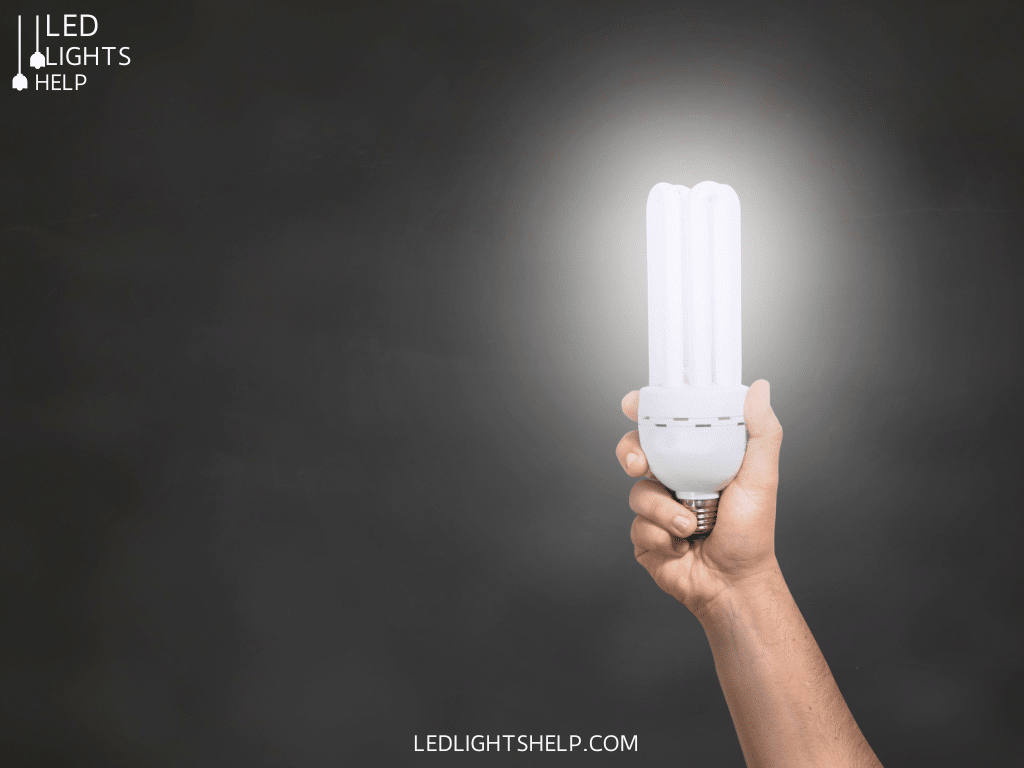Table of Contents
Looking for a lighting upgrade solution that is both aesthetic and effective? An E26 bulb, an essential lighting fixture, is the final stop of your hunt. With its efficient screw-in-base system and bright performance, this fixture stands out among many in the world of illumination. So, if you want a light bulb with ideal illumination qualities, it’s time to learn about the E26 bulb. Fortunately, in this article guide, we have gathered insights about this type of bulb so you can make an informed decision about your lighting choices.
Let’s delve deep into the concept of unsung heroes of illumination. One of the most popular kinds of light bulbs in North America households is the E26 bulb. These light bulbs are already standard for modern illumination owing to their well-known adaptability and practical design.

Comprehending E26 Light Bulbs
E26″ refers to the kind of bulb base that the lightbulb is using. The “26” denotes the base’s diameter in millimeters, while the “E” stands for Edison, after Thomas Edison, the man who invented the light bulb. As a result, an E26 bulb can be used in the majority of North American standard light sockets because it has a 26-millimeter screw base diameter.
E26 Bulb Types

Now that we have gone over the concept of E26 base bulbs, it’s important to cover its different types. The E26 bulb base is available in sizes and shapes appropriate for different lighting applications.
These are a few typical types:
1. Incandescent Bulbs: Known as the classic E26 light bulbs, these bulbs light up by heating a filament to a glowing state. Despite being less expensive, they use less energy than more recent technology, such as LED light bulbs.
2. LED Bulbs: Compared to incandescent bulbs, LED light bulbs with an E26 bulb base are far more energy-efficient and have a longer lifespan. They are available in a variety of color temperatures, ranging from warm to cold, so there are many light bulb alternatives.
You can check out different LED lighting solutions in this article for varied options.
3. Compact Fluorescent Lamps (CFLs): These lightbulbs consume less energy than incandescent bulbs because they generate light using different techniques. However, because they include trace quantities of mercury, they must be disposed of carefully.
4. Halogen Bulbs: Halogen E26 bulbs are an incandescent bulb type that makes use of halogen gas to extend its lifespan and improve efficiency. Compared to LED light bulbs, they are less efficient but still produce clear, brilliant light.
E26 Bulb Uses
As efficient lighting solutions, E26 bulbs are adaptable and suitable for a range of applications:
- Residential illumination: General illumination in homes is typically achieved with E26 bulbs. They can be fitted into floor lamps, table lamps, ceiling lights, and other fixtures.
- Business Lighting: Because these bulbs are widely available and work with a variety of light fixtures, they are also utilized in business settings, including offices, shops, and restaurants.
- Outside Lighting: Dependable illumination for outside areas can be achieved with E26 bulbs, which are appropriate for outdoor fixtures like landscape lighting and porch lights.
Advantages of E26 Bulbs

With the core ideas about what a 26-lamp bulb is and where it is used, we will now discuss the advantages of E26 fixtures.
E26 bulbs are a common option for many lighting applications, given the following benefits:
1. Ease of Installation: The E26 bulbs are simple to install and replace due to their screw-in construction. The compatibility of this universal base type with a wide variety of light fixtures is guaranteed.
2. Variety of alternatives: E26 bulbs provide a range of illumination alternatives with respect to brightness, energy efficiency, and color temperature. These possibilities include incandescent bulbs, LED light bulbs, CFLs, and halogen bulbs.
3. Energy Efficiency: Modern E26 bulbs, especially LED light bulbs, are made with an energy-efficient design that eventually lowers utility bills by consuming less electricity.
4. Longevity: LED E26 bulbs have a long lifespan; they can frequently last 25,000 hours or longer. This contributes to sustainability by lowering the need for frequent replacements.
You can check out a variety of bulb options with E26 base on this website for versatile solutions.
Conclusion
Summing up, the article covered details on what E26 bulbs are and their different types. If you want to upgrade your lighting solutions, this ultimate bulb type is for you. Just figure out which type suits you the most, and you will be good to go.


